If you've worked on the steering system of a car, you've heard of power steering pumps. Damage to the power steering pump is one of the things that happens when the steering system of a car fails.
Are you confused about what is the power steering pump? How does it work in the steering system? In this article, we'll explore these questions.
What is the power steering pump?
The power steering pump is driven by the engine to convert low-pressure oil in the tank into high-pressure oil for delivery to the steering control valve that helps the driver turn the steering wheel.
1 The function of the power steering pump
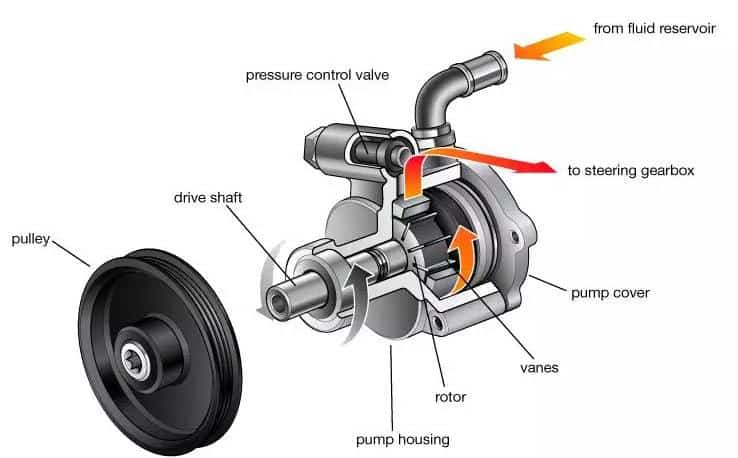
- The power steering pump is the power source of the hydraulic power steering system, which converts mechanical energy into hydraulic energy through the engine as the transmission medium, and the steering gear converts hydraulic energy into mechanical energy through the hydraulic oil output of the pump, thus playing the role of reducing the driver's operating intensity and improving the maneuverability of the whole vehicle.
- Control the internal pressure of the power steering line through the pressure safety valve to ensure the safety of the steering system.
- Control the steering system flow through the flow control valve to ensure the steering feel of the driver when the vehicle is running at high speed.
2 Classification of the power steering pump
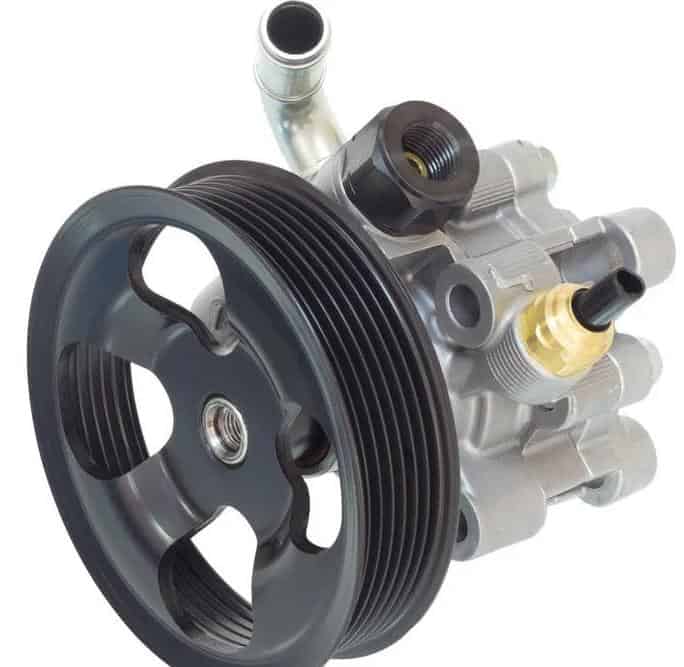
- The distribution model can be divided into commercial vehicle steering pumps and passenger car steering pumps.
- From the structure form, it can be divided into vane type steering pump, gear type steering pump, and piston type steering pump; among them, the double-acting vane type steering pump is widely used in various models because of its small size, low noise, and high volumetric efficiency.
- The drive form can be divided into gear-driven steering pump, pulley-driven steering pump, cross-sliding key (spline) type steering pump; among them, pulley-driven steering pump is mainly used to drive smaller torque passenger cars, gear-driven and cross-sliding key types are more common in commercial vehicles.
3 Composition of the power steering pump
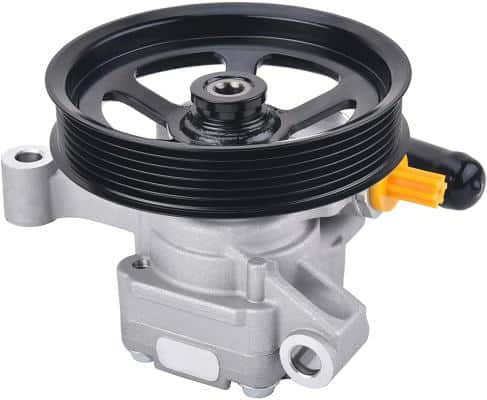
At present, most of the steering pumps for automobiles are double-acting vane type steering pumps, which mainly consist of ordinary double-acting vane pumps, flow control valves, and pressure safety valves; double-acting vane pumps provide high-pressure oil and flow control valves to ensure that the steering pump output is suitable for the flow of the whole vehicle demand, pressure safety valves control the maximum output pressure of the steering pump, for gasoline engines with small engine power, they should also be equipped with pressure switches.
4 How the power steering pump works with the steering rack?
As shown in the figure below, after the drive wheel drives the rotor to rotate, the vanes open under the action of centrifugal force and form the working chamber together with the stator, rotor, and oil distribution plate, when the rotor and vanes rotate from the small arc area on the inner surface of the stator to the large arc area, the volume between the two vanes increases and the pressure decreases, and the oil is absorbed through the oil suction port of the oil distribution plate; when it turns from the large arc area to the small arc area, the volume between the two vanes decreases and the pressure increases and the oil is discharged through the oil discharge port of the pressure plate. The discharged high-pressure oil enters the steering rack through the steering oil pipe to provide steering power.
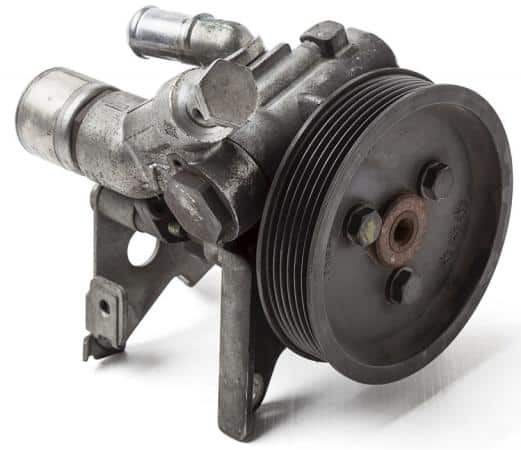
Further reading: Can a bad power steering pump cause rough idle
(We do not share your data with anybody, and only use it for its intended purpose)
Your Content Goes Here

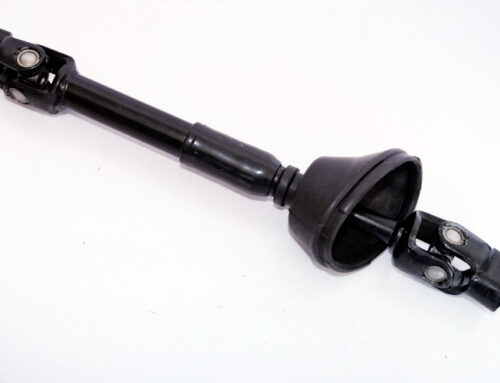
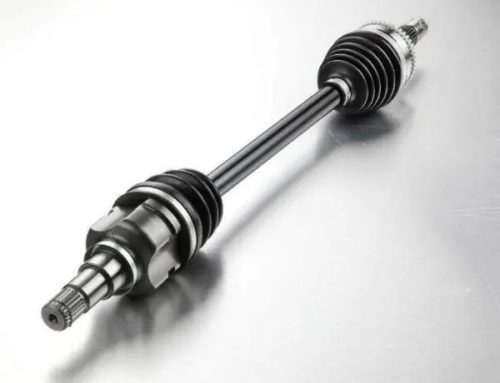
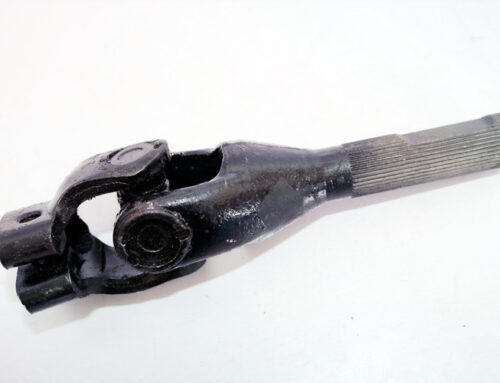
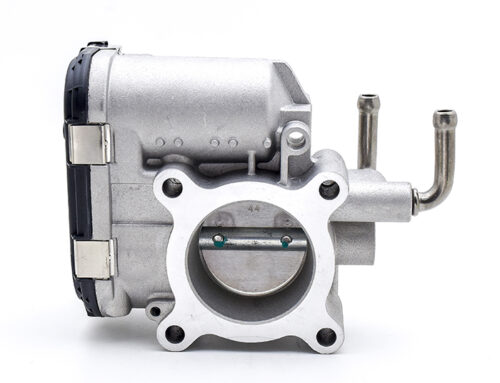
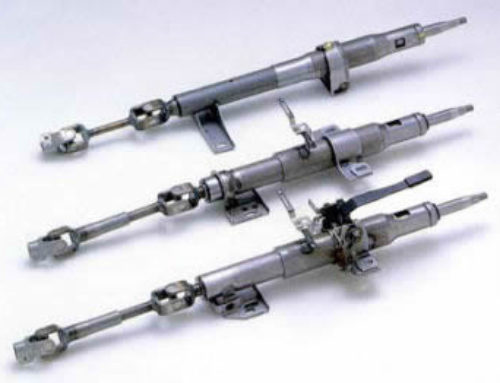
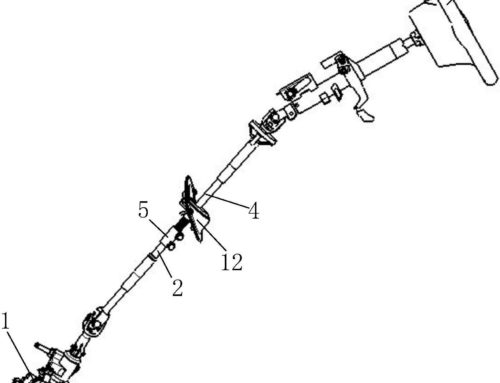
Wait, how come no one has ever told me before that there are different steering pumps for commercial vehicles and passenger cars? Maybe that’s why my car broke down last week even though I don’t know what happened to it. I may need to take it to an auto shop as soon as possible.